Joseph McGlennon by Michael Reid OAM
The latest series of photographs by Joseph McGlennon harks back to one of his earliest subjects. To mark this new release – and the opening of an accompanying exhibition spanning key several bodies of work – Michael Reid OAM reflects on the enduring power of the artist’s beautiful and beguiling pictures.
I had a stuffed kangaroo.
As you do.
My friend Kimberley rang to ask if her friend could photograph the taxidermied roo as part of a series of artworks he was undertaking. Sure, no one in their right mind says no to Kimberley. Anyway, this bloke set up a photoshoot at the old Sydney gallery in Elizabeth Bay some 14 years ago. I was squirrelled away in my office, so it wasn’t until late in the day when I ventured out to check out who this character was and what he was doing. We shook hands and said howdie. I was intrigued. The bloke, Joseph, was focused. We talked about the idea behind his proposed series. The idea was strong, historically interesting, with an eye to contemporary cultural thinking. I asked Joseph McGlennon if he had any examples of this series. Joseph rolled out some working prints. I just knew. I knew that I was standing in front of great significance.
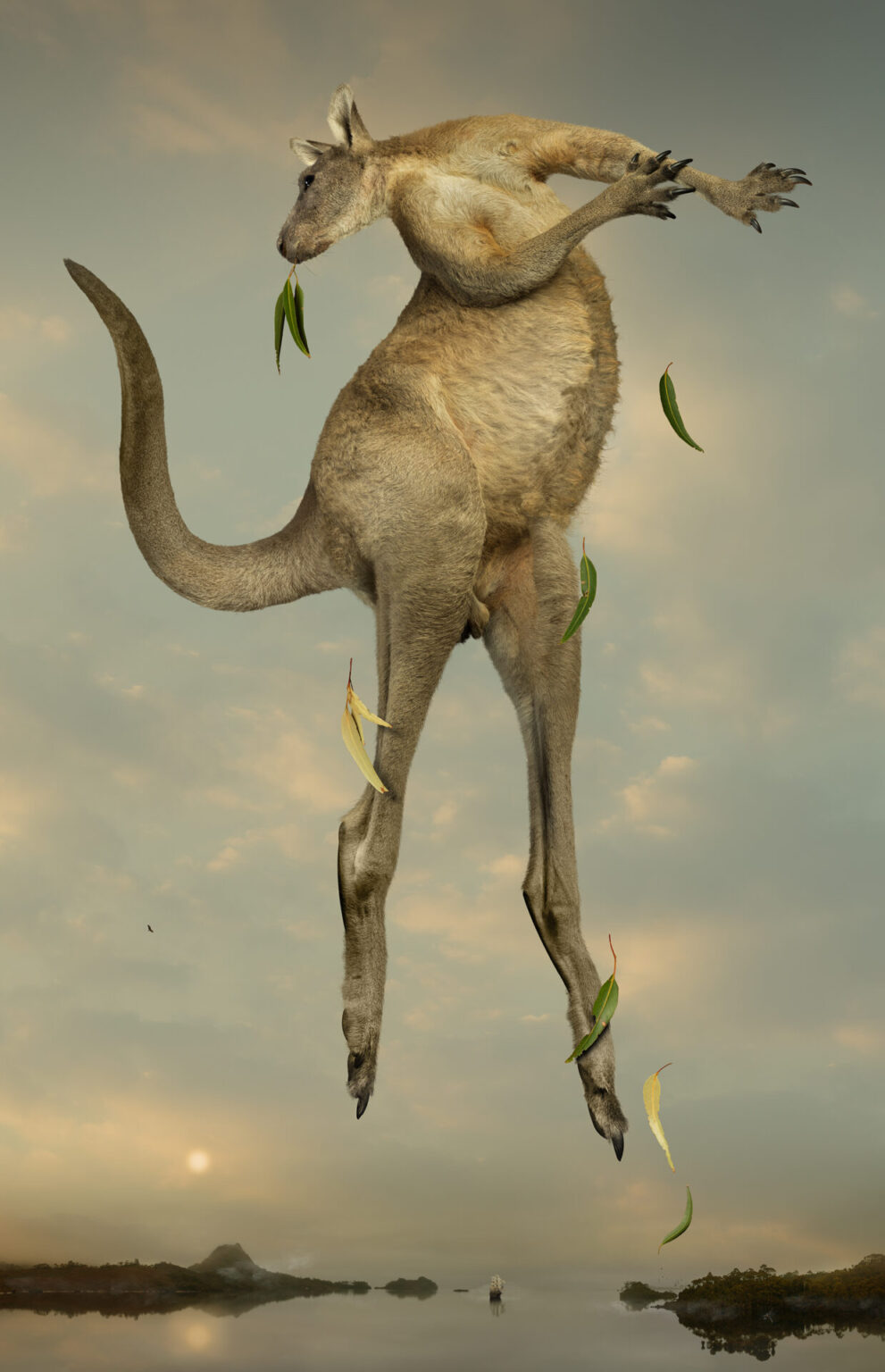
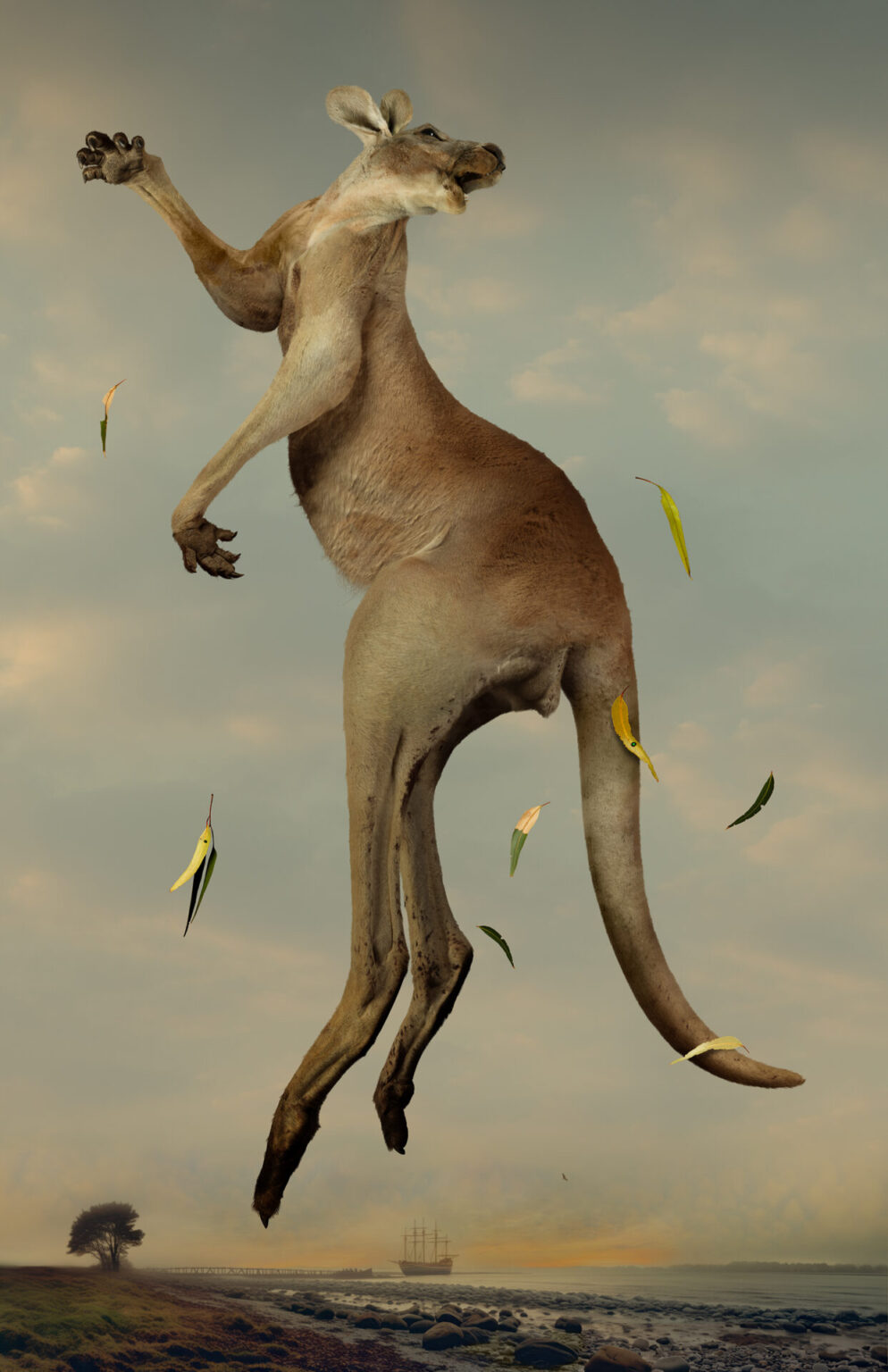
Joseph McGlennon possesses an entirely original visual language. He had trained in his youth at the National Art School before venturing forth into the creative world of international business. Back on his art tools, later if life, Joseph came to each series with ideas and images fully formed and mature. There was no undergraduate angst. His inaugural solo exhibition, Strange Voyage, in 2011 established visual, aesthetic and curatorial benchmarks and parameters that have influenced every subsequent artwork and series.
The consistent quality of his creative output is exceptional. Strange Voyage delved into the historical reality of the 19th century, when a mob of kangaroos were shipped to Kew Gardens in London. The Royal Family just loved wild animals besporting themselves in the gardens for their pleasure. The kangaroos froze to death. The underlying philosophical theme of the exhibition was the notion that some things simply cannot be uprooted and transplanted culturally.
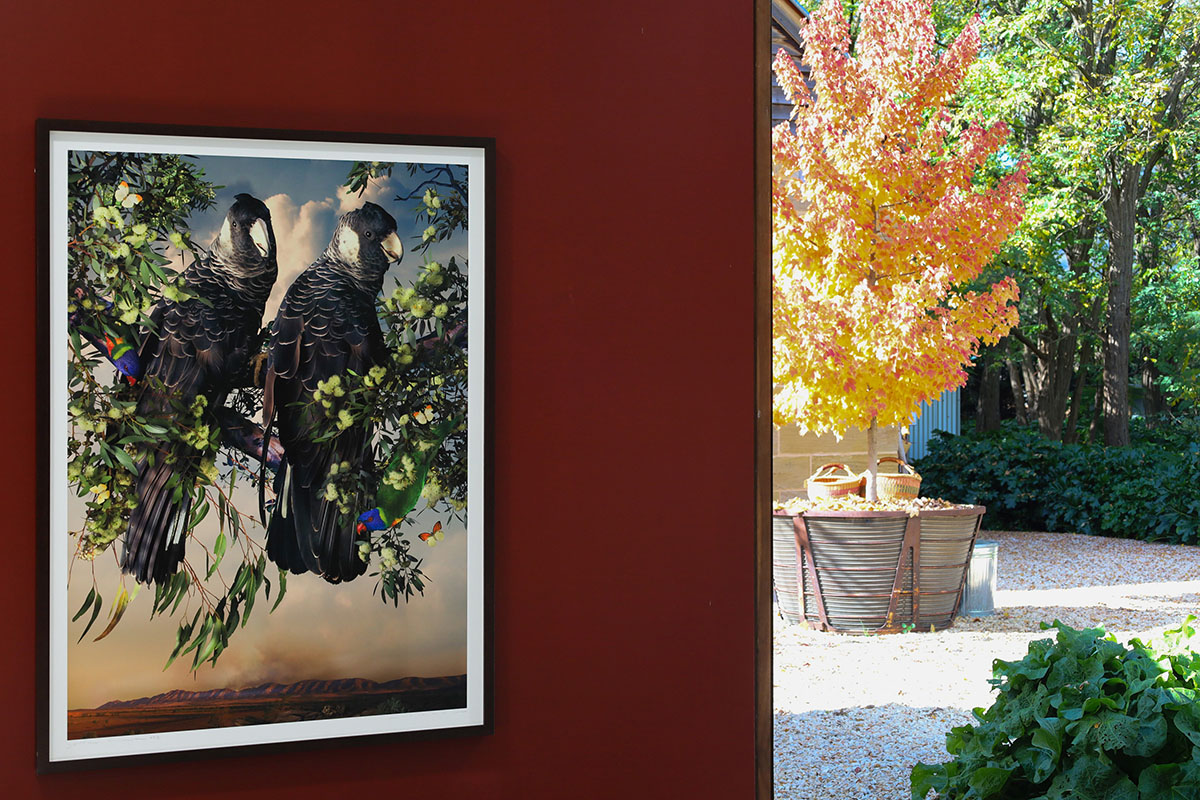
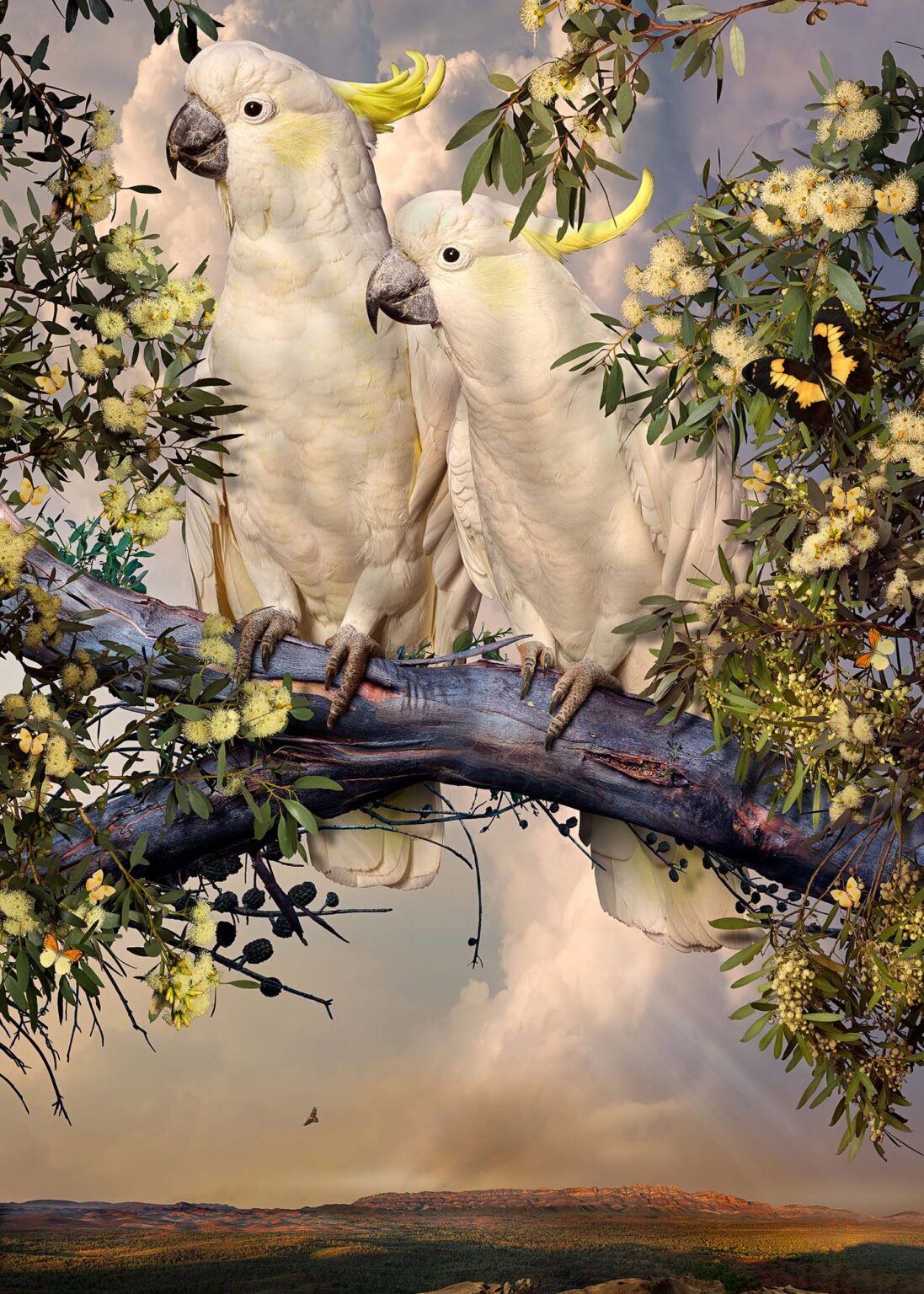
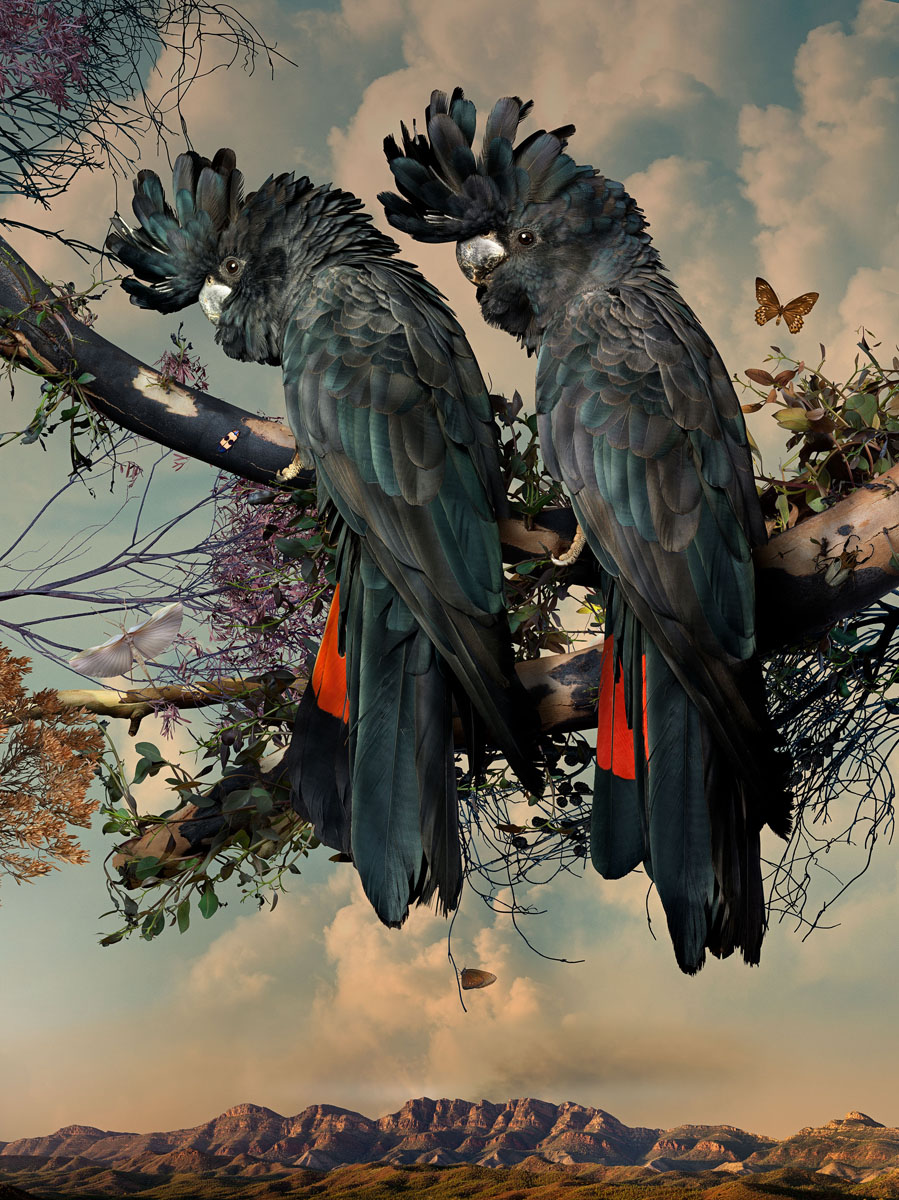
McGlennon’s series Thylacine 1936 envisions the apex predators, the Tasmanian tigers, hunting and reigning supreme in their natural habitat. Often depicted atop mountains, the tigers are portrayed feasting on the carcass of an introduced chicken, with a tall ship visible in the background. Unaware of their impending doom. First contact between species, and for many species is utterly devastating. And macabrely enough, the Last Tasmania tiger, froze to death in Hobart Zoo in 1936 because a keeper forgot to house the animal overnight in winter.
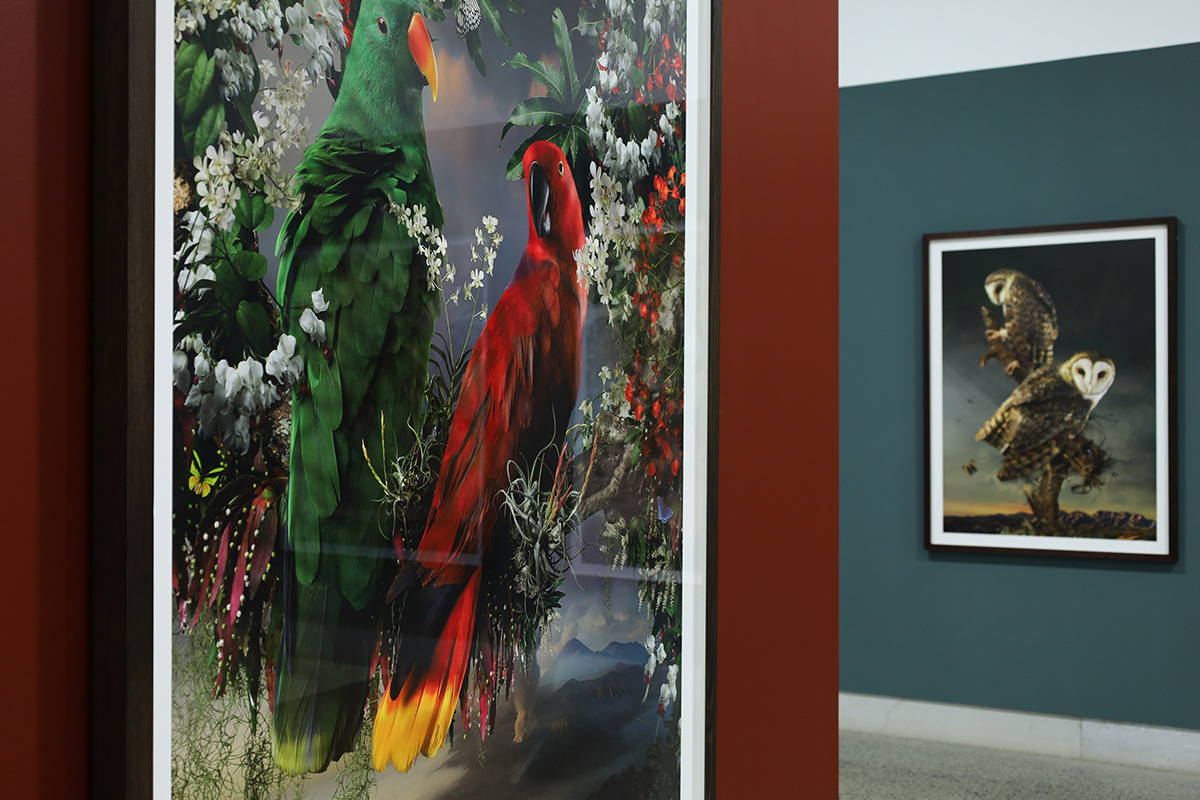
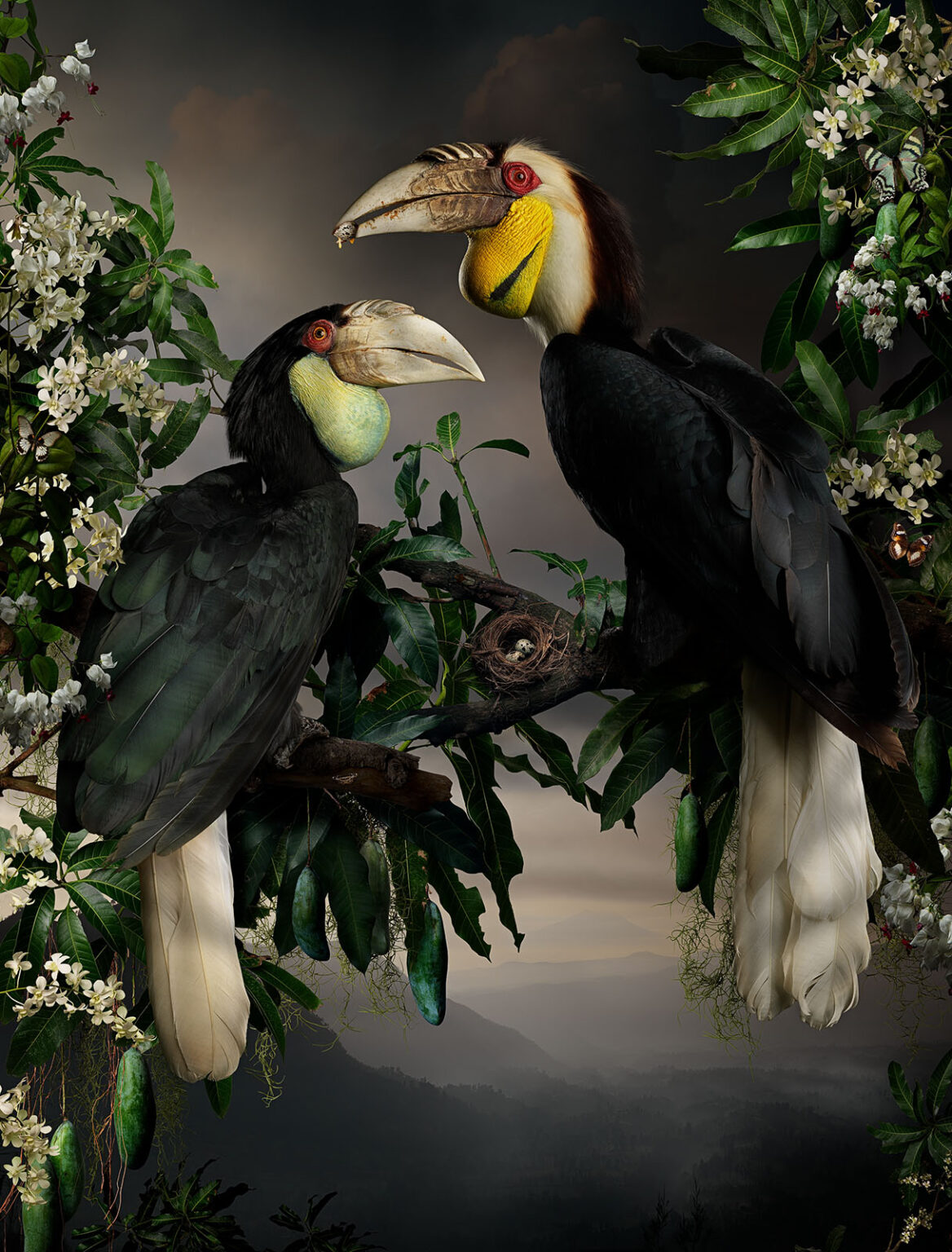
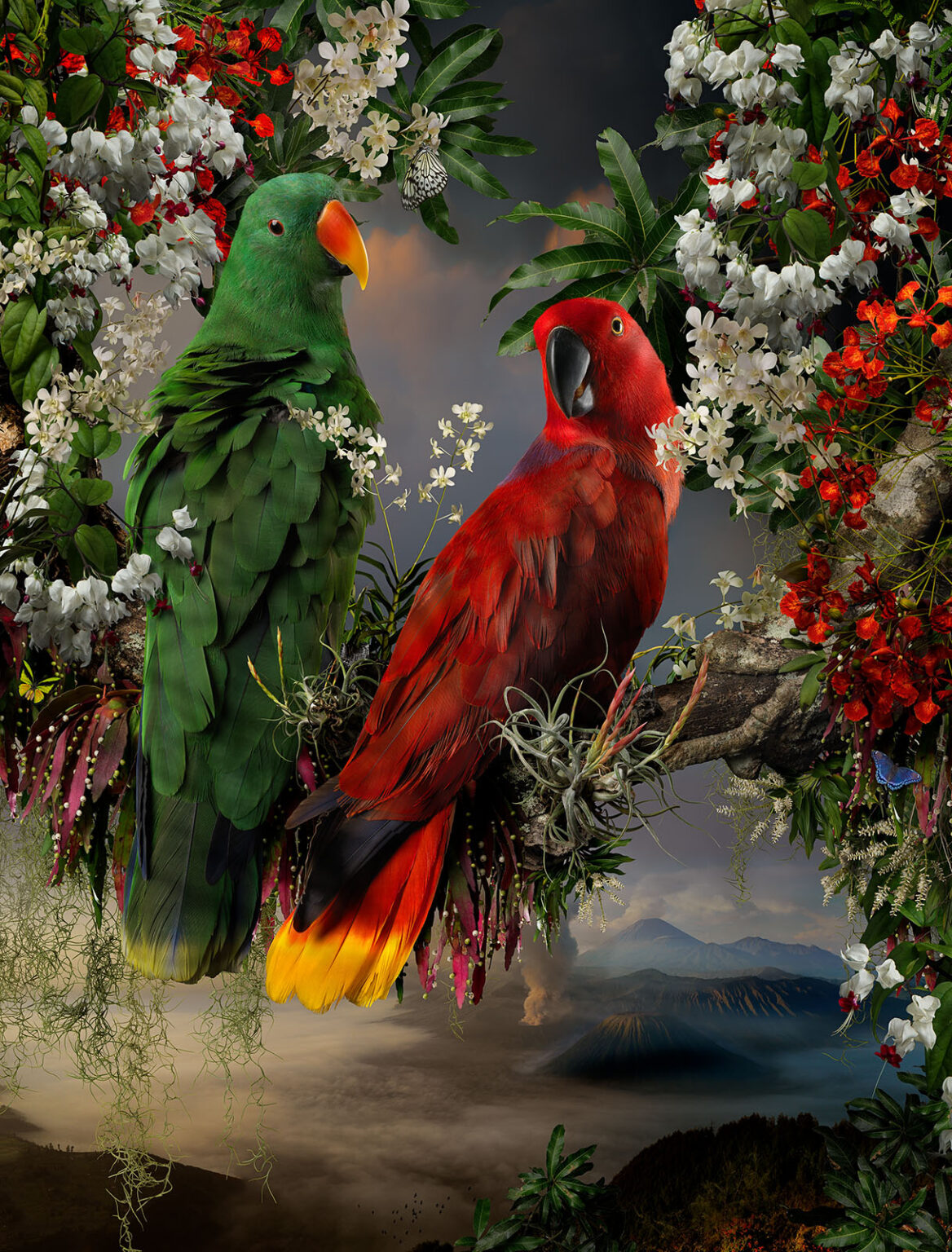
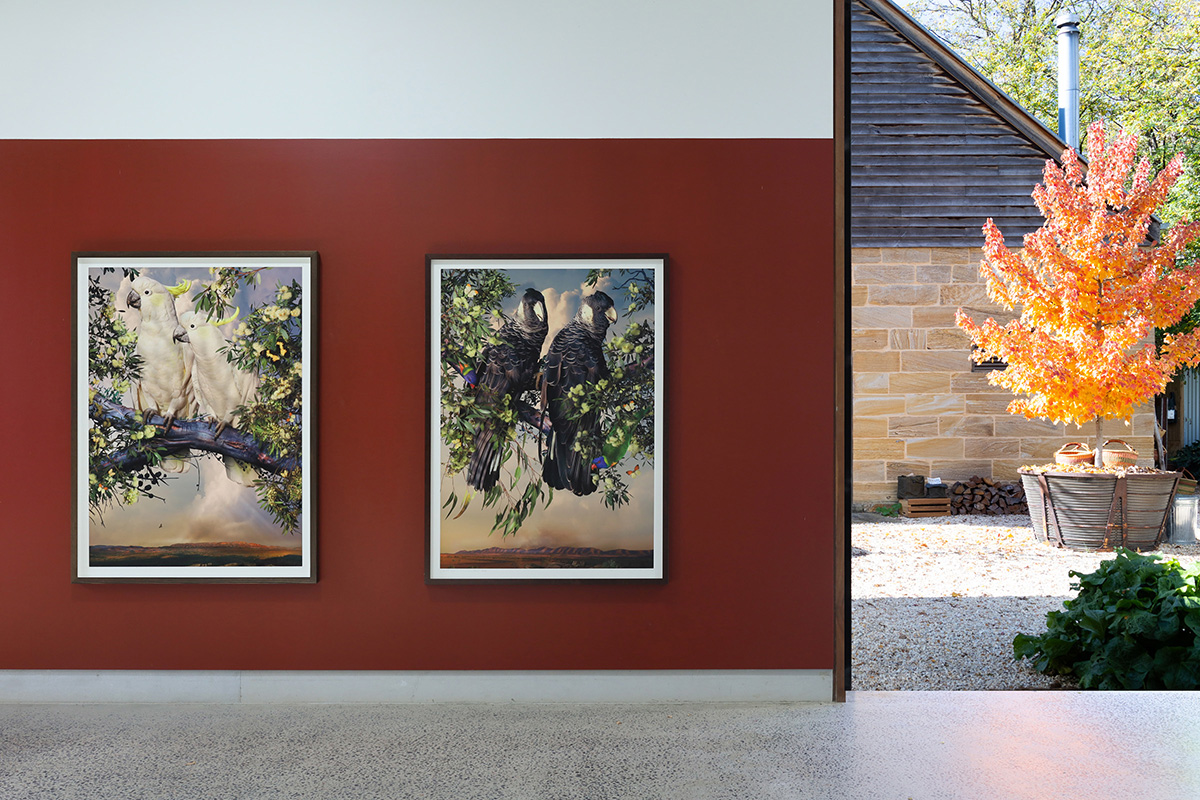
Joseph’s photographs are beautiful, their message subtly powerful. Upon winning the most prestigious photography prize in the country, the William & Winifred Bowness Prize in 2015, artist judge Bill Henson commented on McGlennon’s practice, stating, “The work has an almost anonymous perfection that reinforces the fact that culture is never outside nature.” In a nutshell, across numerous bodies of work I would say that for McGlennon, Henson was spot on – culture and our impact is never above nature.

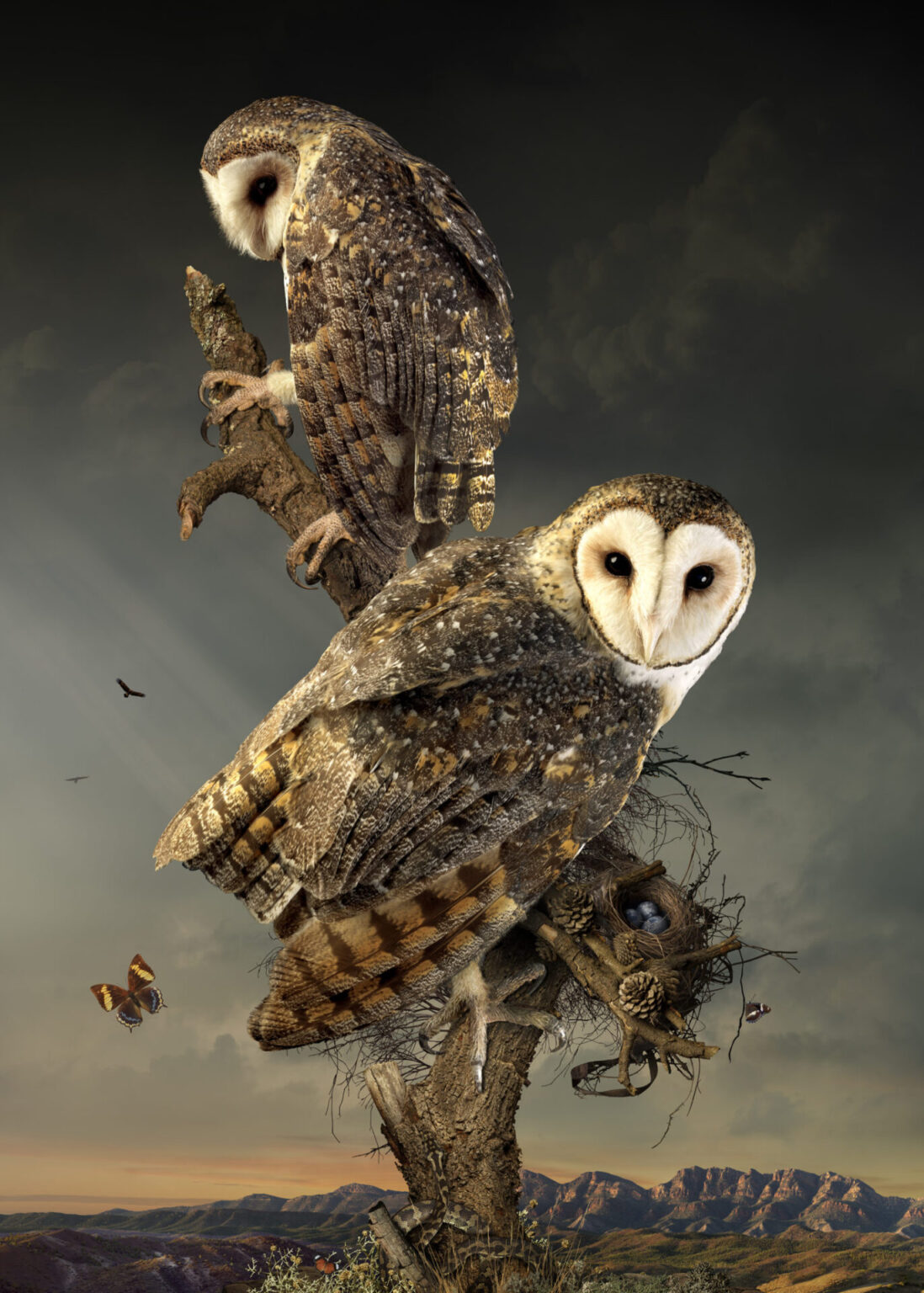
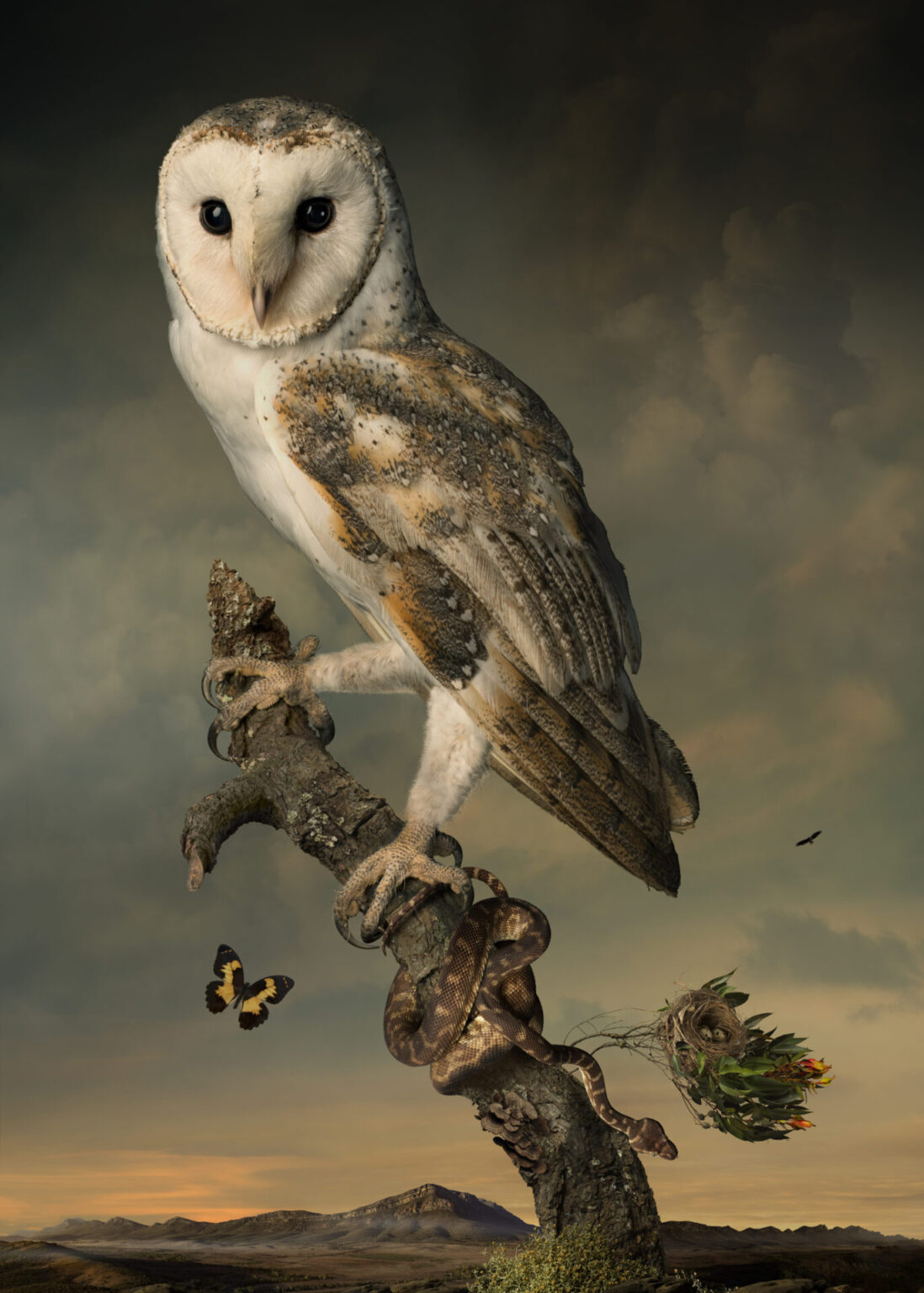
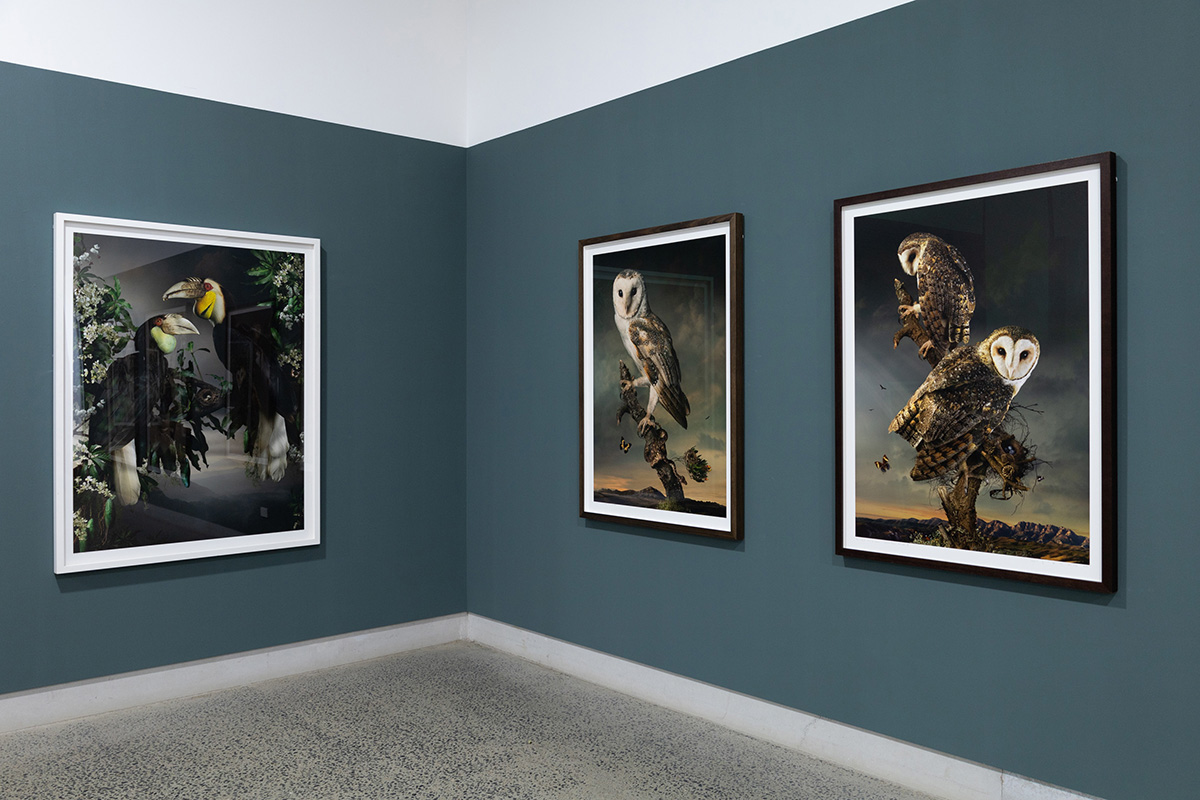
Numerous articles have been dedicated to the hundreds of individual images captured with McGlennon’s Hasselblad camera – to make a single artwork – which are skilfully woven together to narrate his poignant stories. The power of his unrivalled skills is without question. Many now blatantly copy McGlennon’s style. However, the flattery of imitation to one side, it is the ever roving and evolving scope of McGlennon’s practice that simply defies his peers.
Drawing on the primal tooth and claw drama of a 17th-century European deer hunt, reimagined in the New World of Colonial Australia, Joseph McGlennon recently began another extraordinary visual and technical departure from the orthodox rules of contemporary photography by paying homage to the great Flemish painter Frans Snyders.
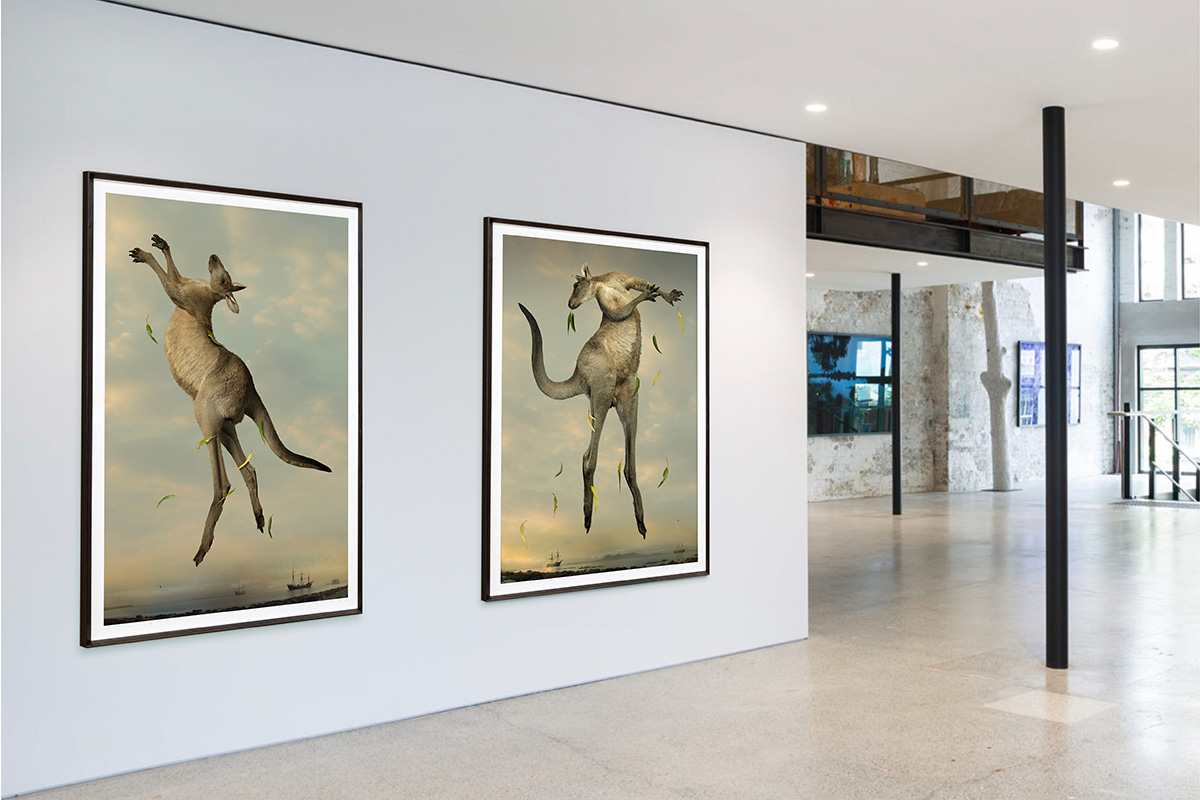
Frans Snyders (1579–1657) made a significant contribution to Flemish Baroque art as a painter of animals, hunting scenes, market scenes and still life. One notable collection of his work can be found in the Snyders Hall at the State Hermitage Museum, St. Petersburg, Russia. Within Snyders Hall, a magnificent, indeed a heroic suite of massive oil paintings spill across the Cardinal red walls of one of the world’s great museums depicting elements from the wild hunt to the table feast. From the chase to the plate. Within the hall, you can read one of Snyders’ paintings as a stand-alone moment and a great masterwork. Or the viewer can take in the artist’s sweeping vision of each painting being a vignette or brief evocative episode to the whole of an expansive idea.
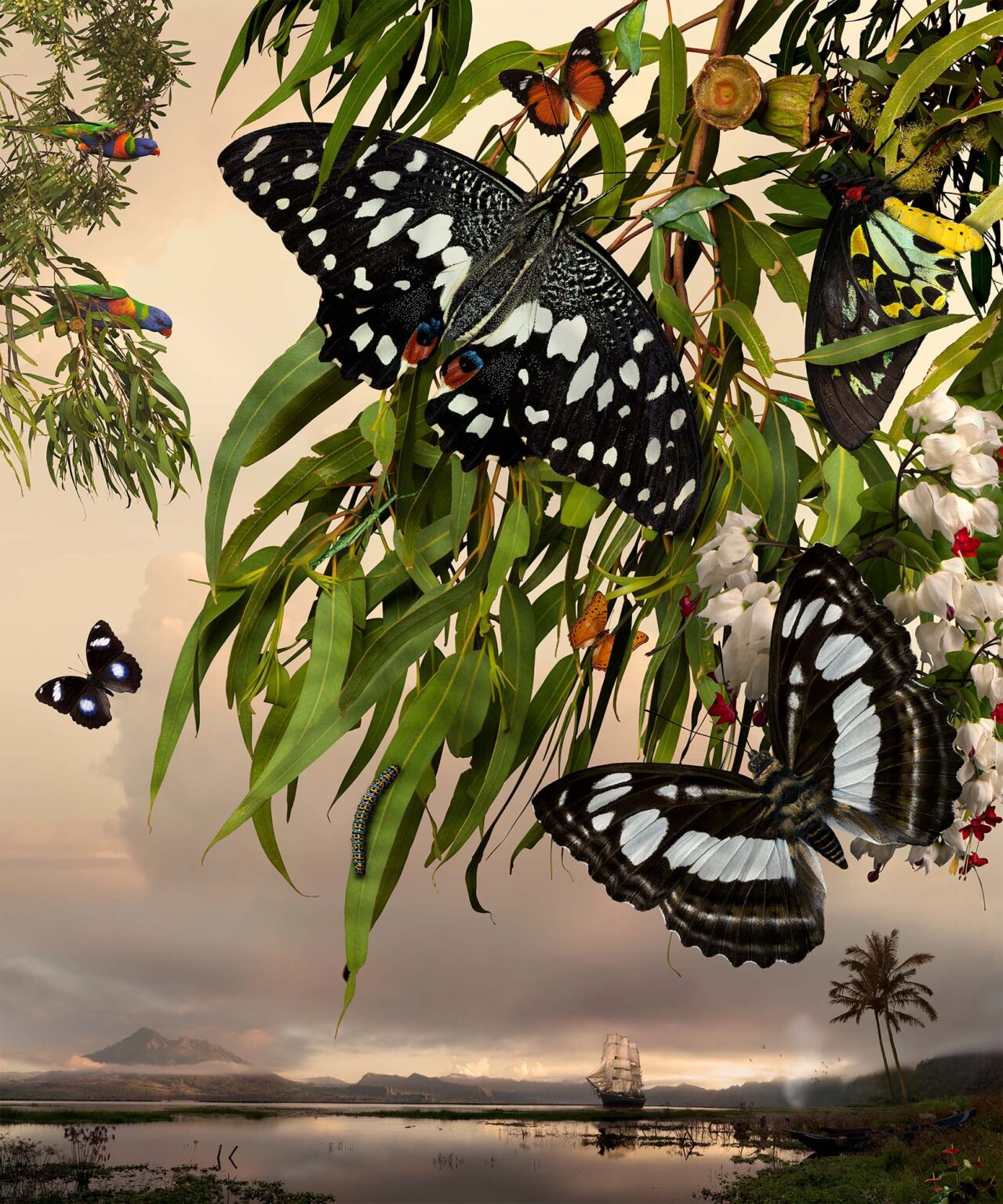
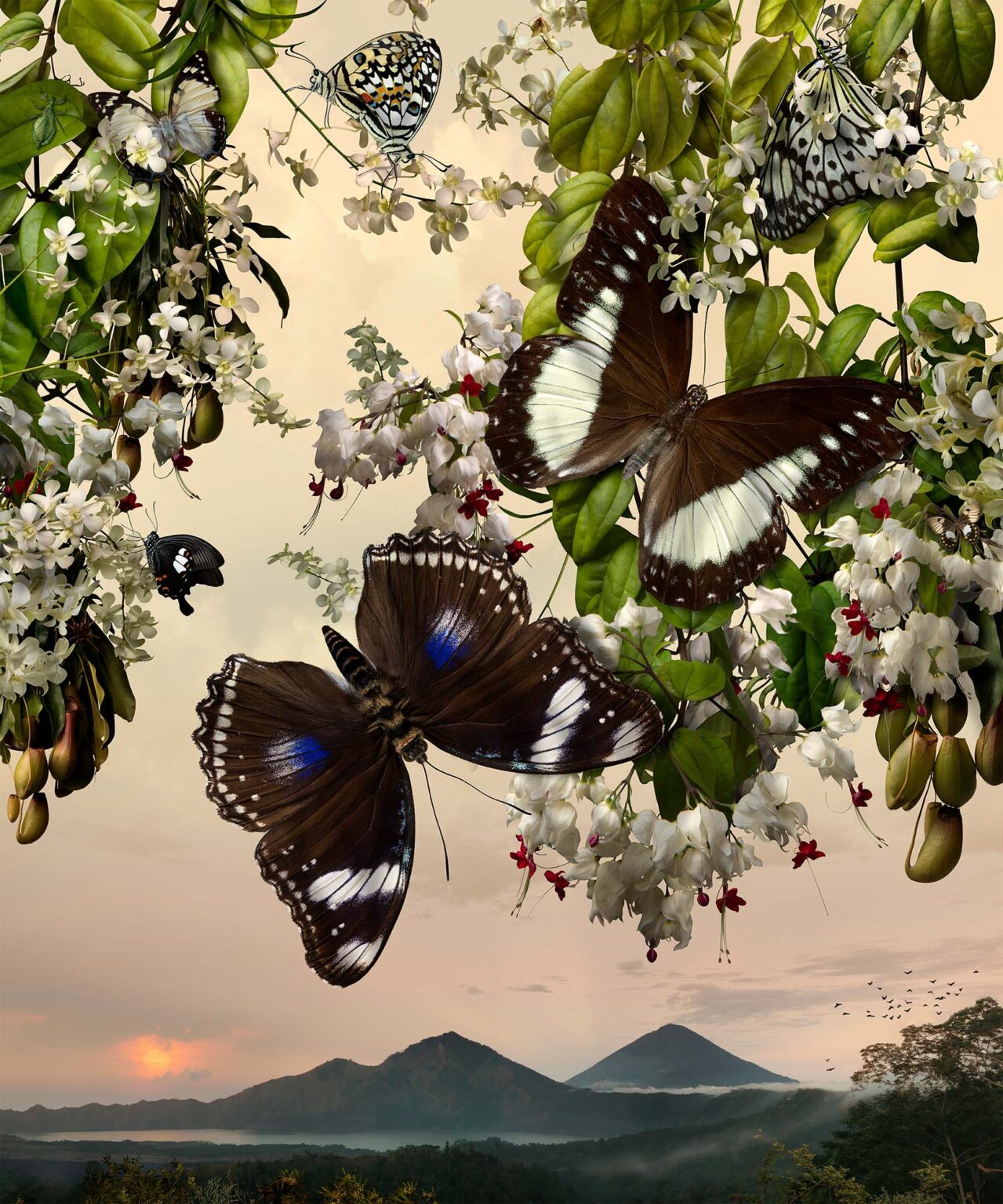
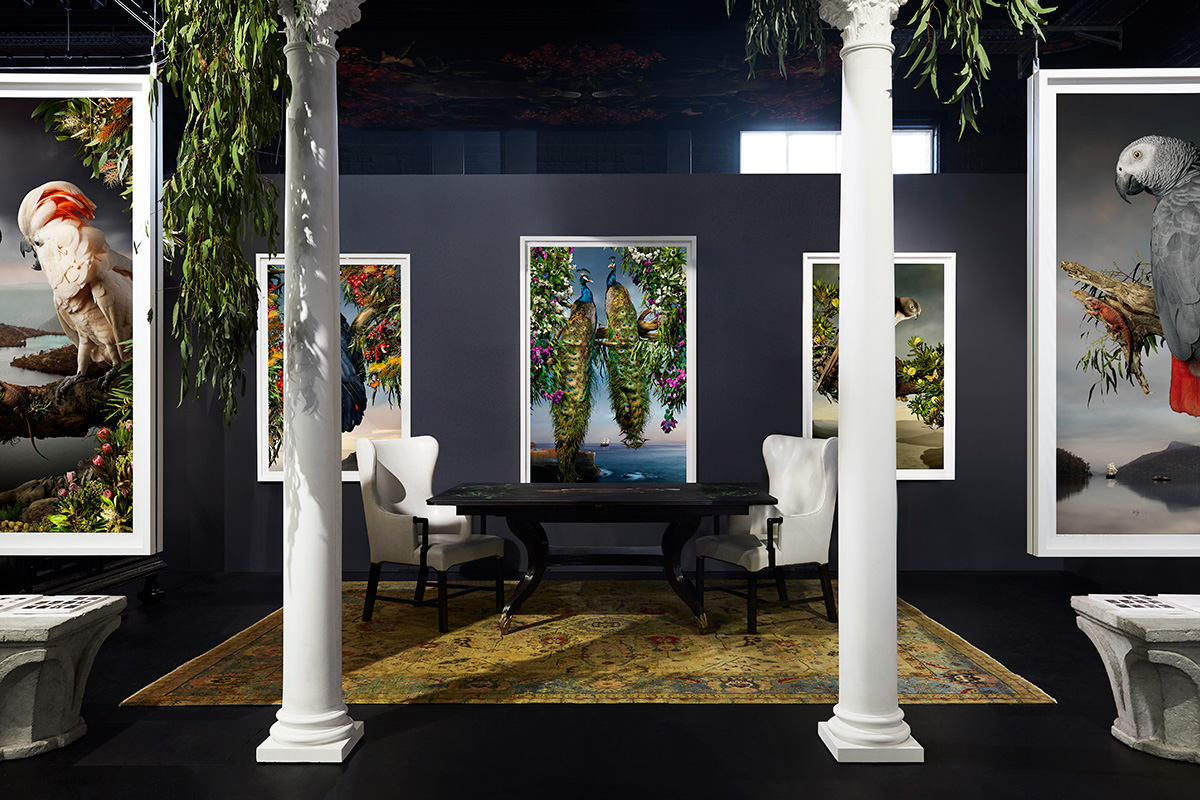
Individual photographs can spill over and build into a grander narrative across multiple fronts that form a larger creative whole. This use of multiple photographs to be read as one, or separately, is a landslide in contemporary world photography. Looking back across time, to march contemporary art forward, both in storytelling and the material viewing of an idea, McGlennon shatters the one image, one photograph orthodox delivery of a contemporary body of work. McGlennon’s hunt series is a pivotal moment in the development of contemporary photography.
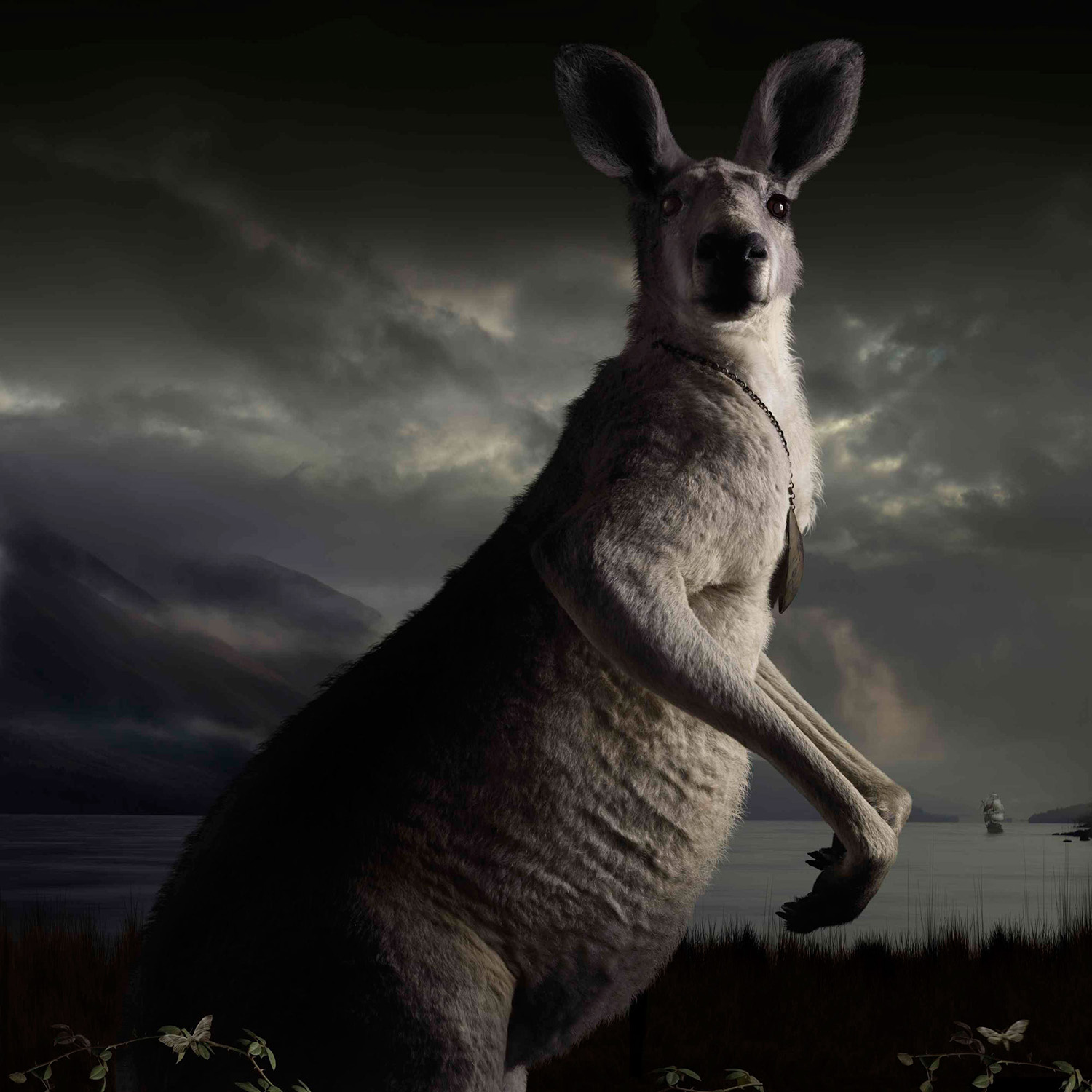
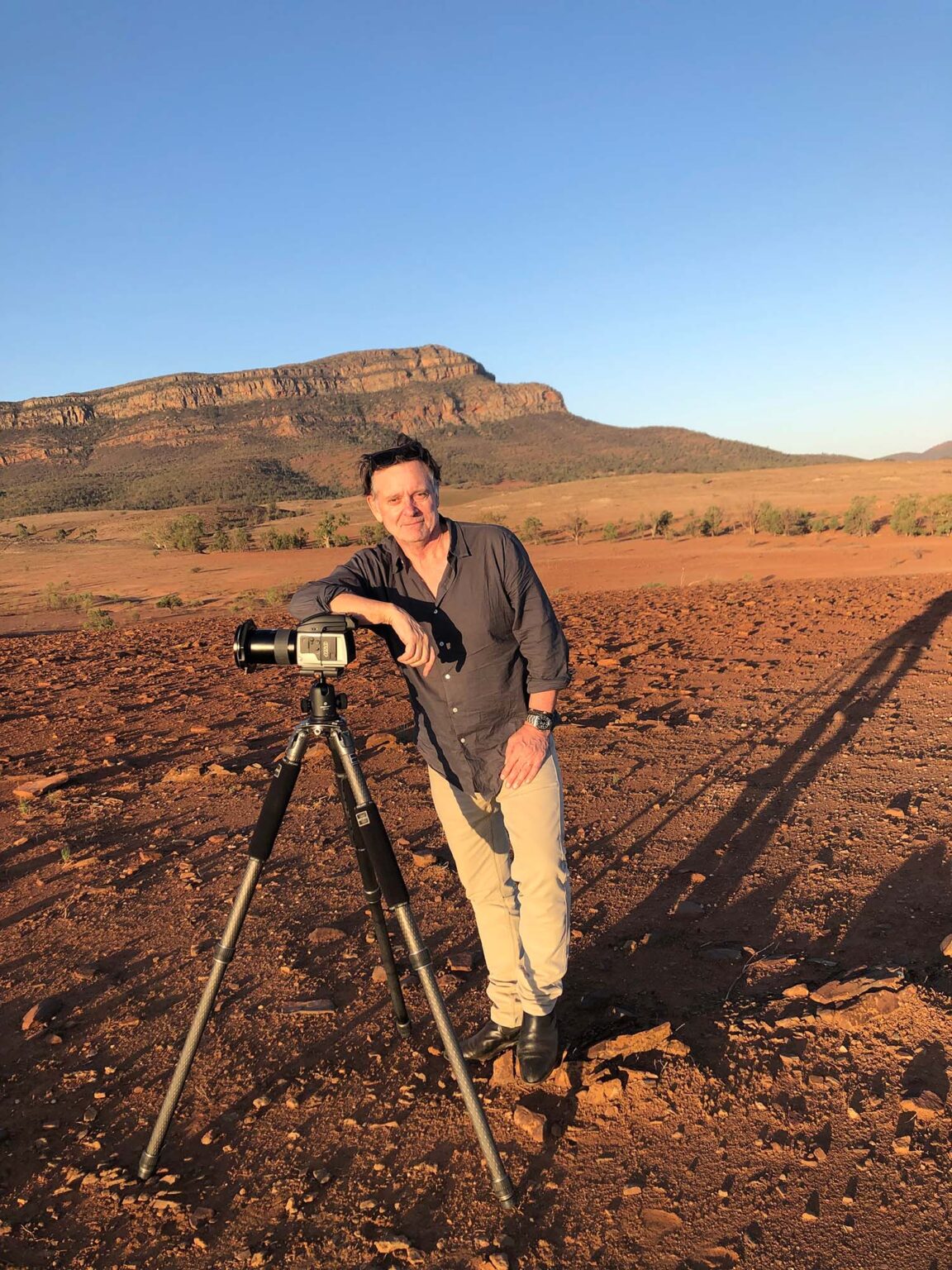
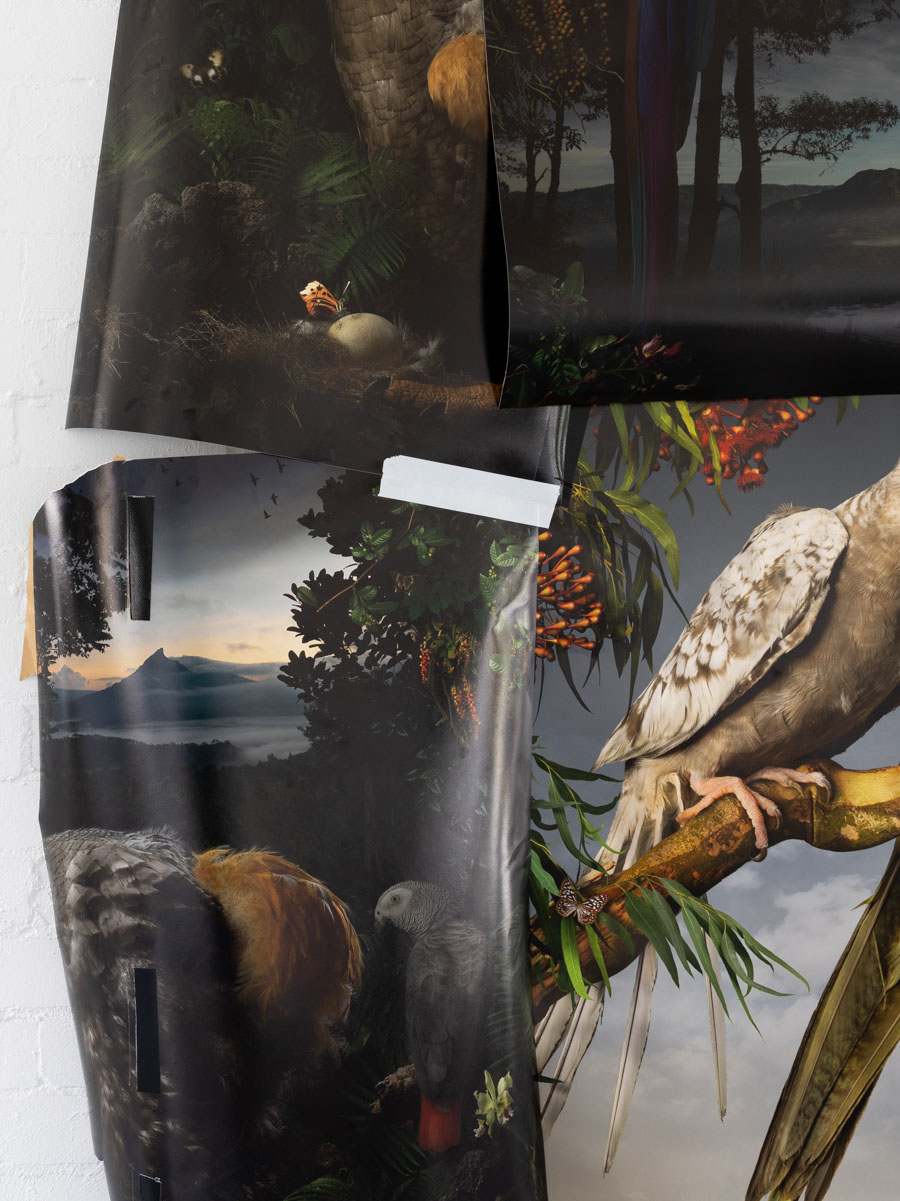
With his Murrurundi exhibition, McGlennon very much wanted and asked for his new kangaroos to find expression outside of a metropolitan space. McGlennon wants the work to ground its paws in the very soil of regional Australia. McGlennon’s new series, Leap, captures kangaroos mid-air, symbolising resilience against wild colonial hunting dogs. The dogs remain just out of frame, but their urgency and presence can be sensed through the dynamic leap of the kangaroo. These creatures embody untamed beauty, reflecting the unwavering spirit of the Australian wilderness.
Through dynamic leaps, the kangaroo’s sinuous form becomes a living poem of fluid motion. Inspired by the ecological dance between predator and prey, Leap explores the delicate balance within this unique ecosystem. It serves as both a celebration of nature’s elegance and a poignant commentary on the challenges faced by early colonial indigenous species. Leap invites reflection on the human impact that is still needed for conservation in today’s fragile Australia.
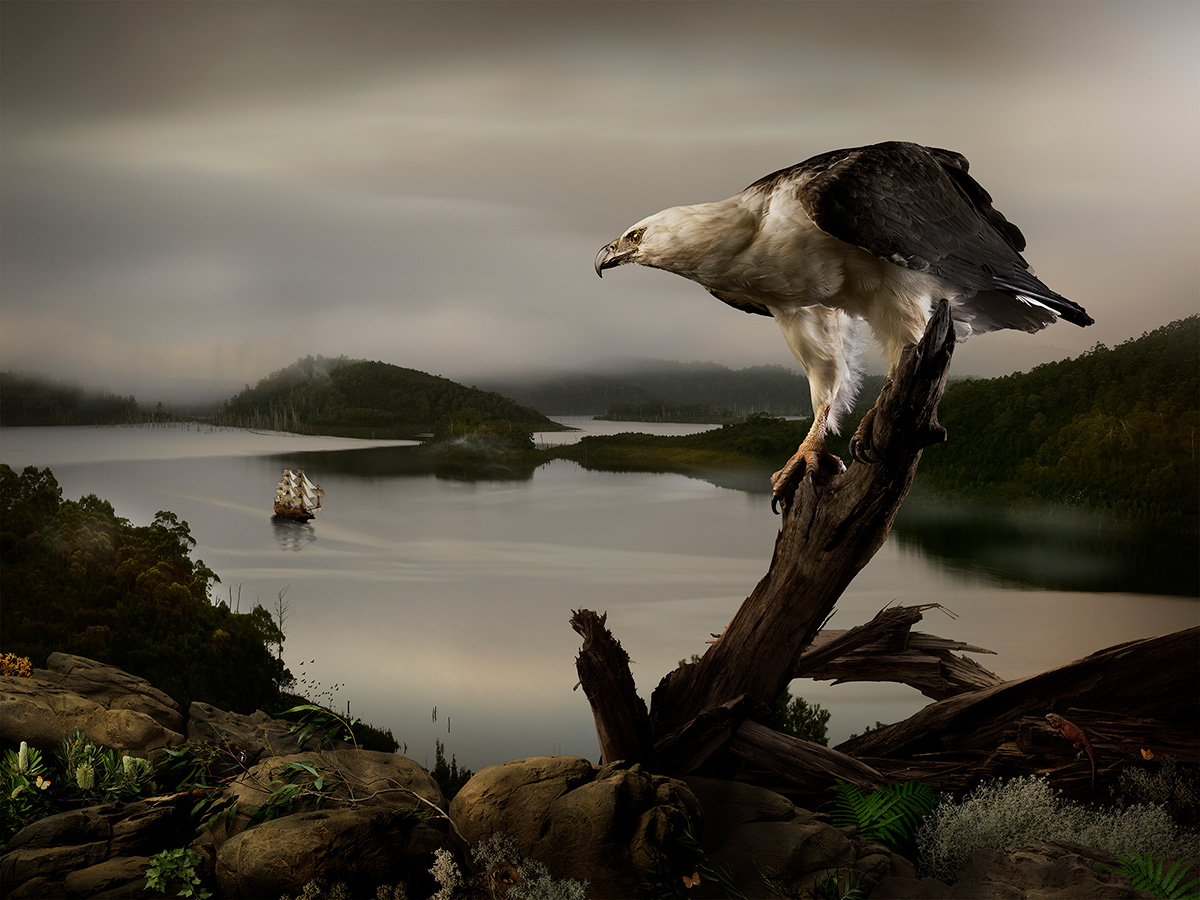

Works from Leap by Joseph McGlennon can be viewed in his exhibition Culture is Never Outside Nature, a curated survey of arresting images drawn from several key bodies of work by the artist. The exhibition is now at Michael Reid Murrurundi and can be explored online here.
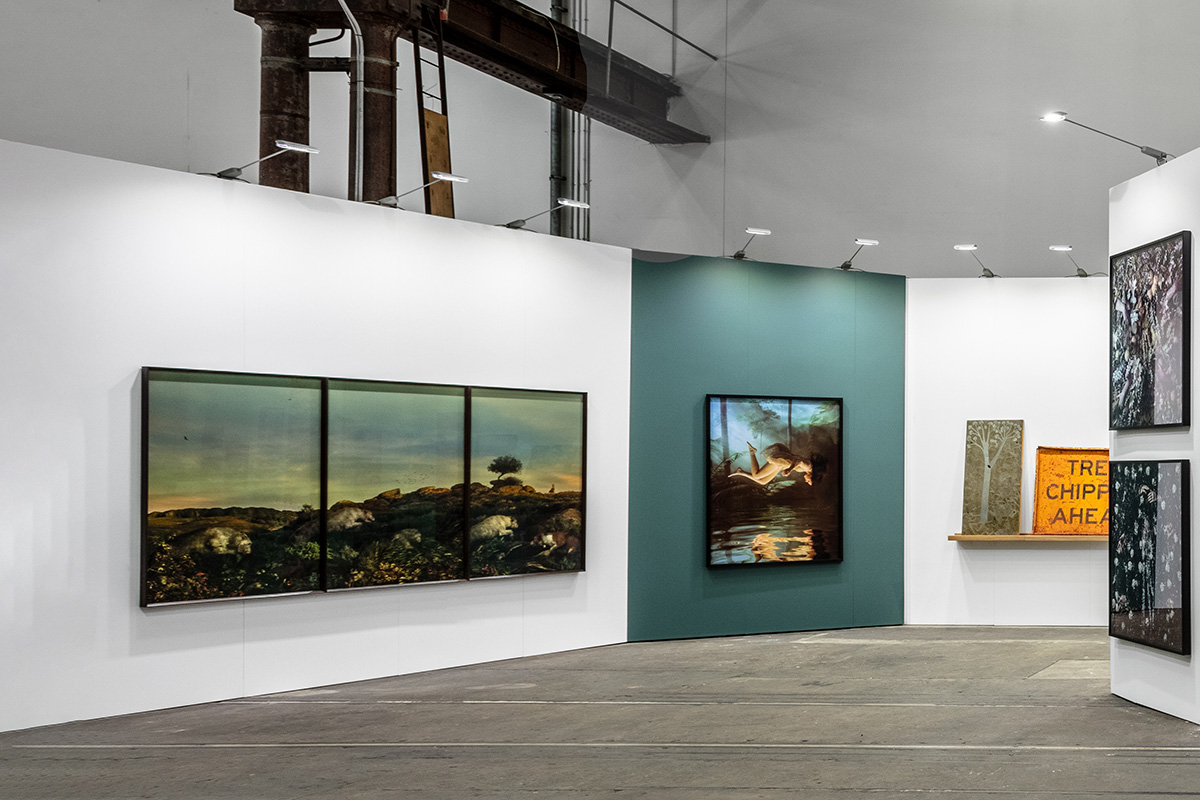
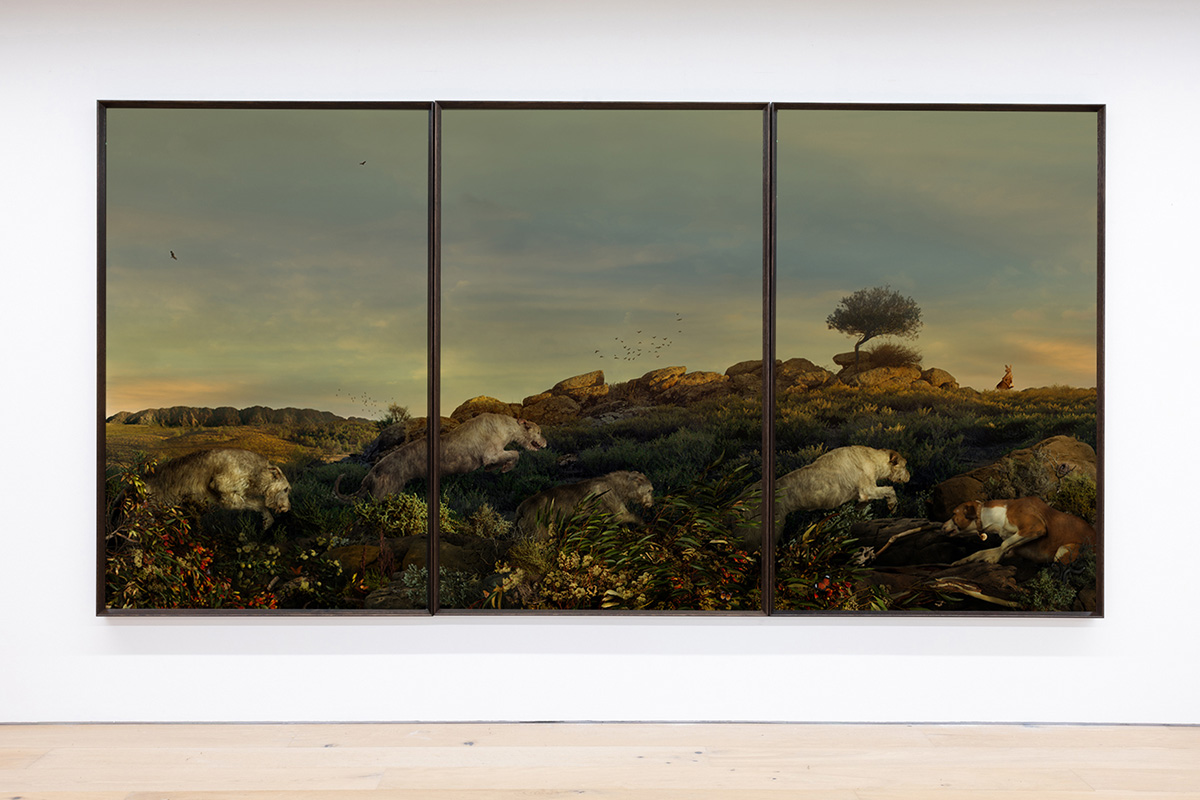
Collections
Artbank, Australia, Sydney
Australian National Gallery, Canberra
National Museum of Australia, Canberra
National Museum of Scotland, Edinburgh
Parliament of Australia, Canberra
St John of God Collection, Perth
Western Plains Cultural Centre, Dubbo
Newcastle Art Gallery, Newcastle
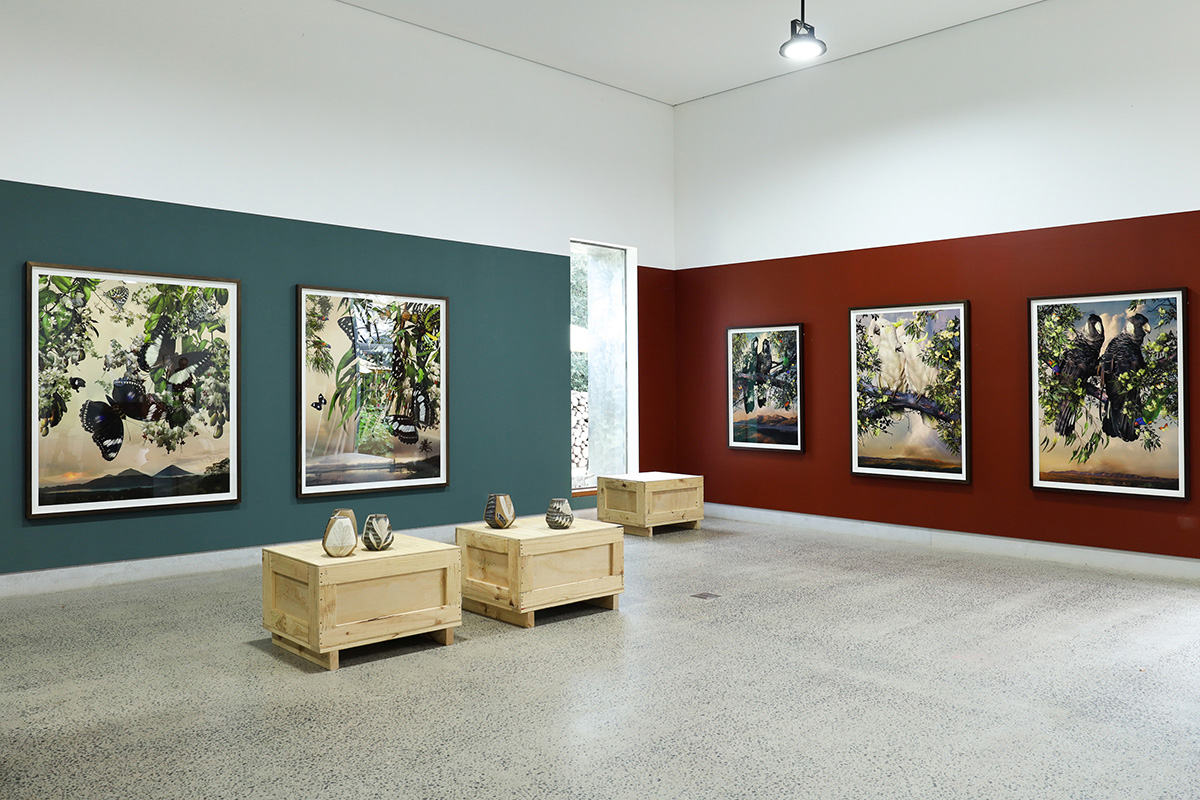
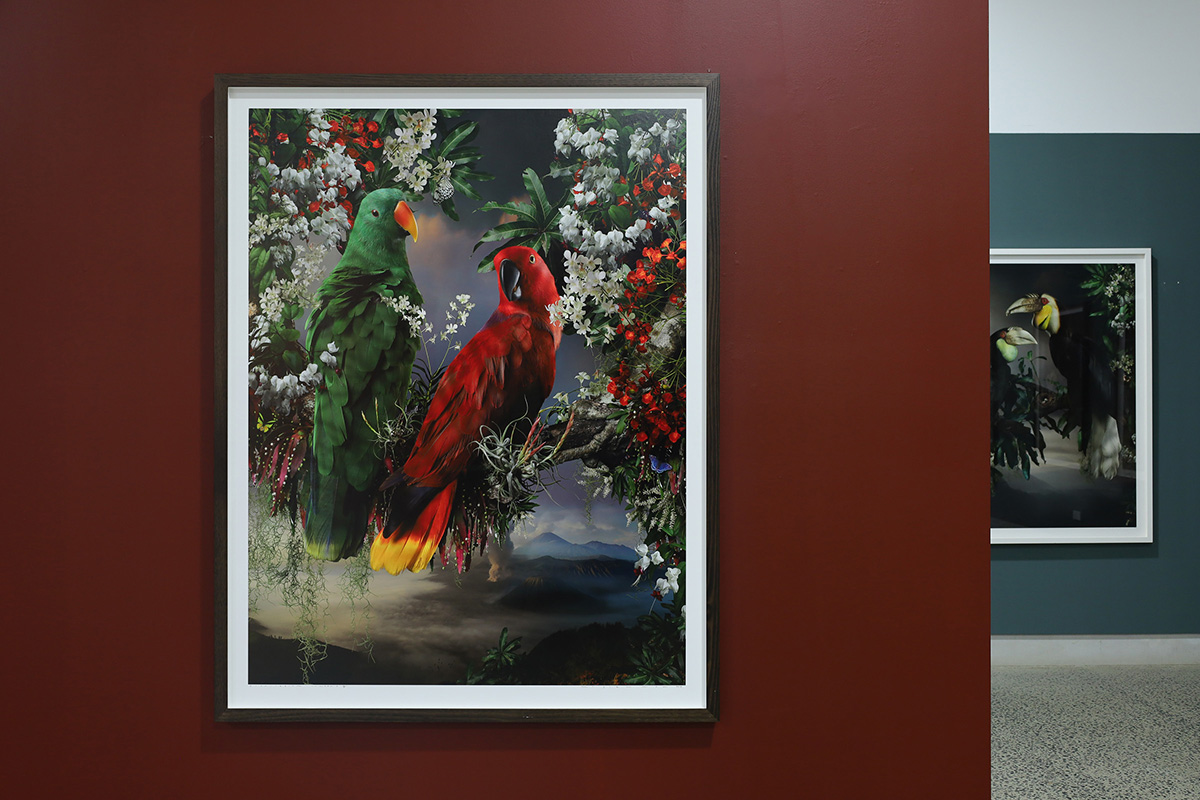
Series
2022 Culloden
2021 Pollen
2021 Silentium
2020 Awakening
2019 Morphosis,
2018 Eclectus Australia,
2018 Australian Bird Studies from McGlennon’s Audubon Folio
2018 to 2020 Ghost Ship
2017 Heavenly Fighters
2016 Florilegium, Michael Reid at 602, Melbourne
2015 Winner of the William & Winifred Bowness Photography Prize
2015 Skyestags, Edinburgh Fine Art Society
2015 Skyestags, Michael Reid, Sydney and Berlin
2014 Strange Voyage at Customs House, Michael Reid
2013 Thylacine 1936, Michael Reid, Berlin, Sydney
2012 Troopers
2011 Strange Voyage
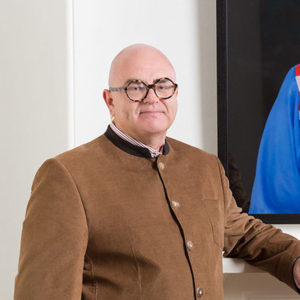
Michael Reid OAM
- XXXVIII LA Story by Michael Reid OAM April 2024
- XLII The Business of Gardening by Michael Reid OAM September 2024
- XLI Carly Le Cerf by Sarah Hetherington August 2024
- XL Pecora Dairy by Michael Sharp July 2024
- XXXIX Joseph McGlennon by Michael Reid OAM May 2024
- XXXVII Julz Beresford by Michael Sharp March 2024
- XXXVI Sydney Contemporary by Jason Mowen February 2024
- XXXV The US of A by Michael Reid OAM December 2023
- XXXIV Scone Grammar School’s principal Paul Smart by Victoria Carey November 2023
- XXXIII AgQuip by Jason Mowen October 2023
- XXXII Tinagroo Stock Horse’s Jill Macintyre by Victoria Carey September 2023
- XXXI The Old Gundy School House by Victoria Carey August 2023
- XXX Annette English by Victoria Carey July 2023
- XXIX The Ghan by Jason Mowen June 2023
- XXVIII All in the family: The Arnotts May 2023
- XXVII A Capital Plan by Jason Mowen March 2023
- XXVI Mandy Archibald March 2023
- XXV Paul West February 2023
- XXIV The Other Newcastle by Jason Mowen January 2023
- XXIII Mount Woolooma Glasshouse at Belltrees December 2022
- XXII Murrurundi to Matino: with Jason Mowen November 2022
- XXI James Stokes October 2022
- XX Adelaide Bragg September 2022
- XIX Tamara Dean August 2022
- XVIII Going home: Angus Street July 2022
- XVII Belltrees Public School June 2022
- XVI A Road Trip on the New England Highway May 2022
- XV David and Jennifer Bettington: from horses to houses April 2022
- XIV Denise Faulkner: Art of the Garden March 2022
- XIII Childhood memories: Willa Arantz February 2022
- XII Riding ahead: Giddiup January 2022
- XI Ingrid Weir’s rural life December 2021
- X Life by design: William Zuccon November 2021
- IX Life on the land: The Whites October 2021
- VIII Goonoo Goonoo Station September 2021
- VII Murrurundi: a garden playground August 2021
- VI Pat’s Kitchen July 2021
- V A creative life: Charlotte Drake-Brockman June 2021
- IV Magpie Gin May 2021
- III The Cottage, Scone April 2021
- II At home with Jason Mowen March 2021
- I A town that performs February 2021












